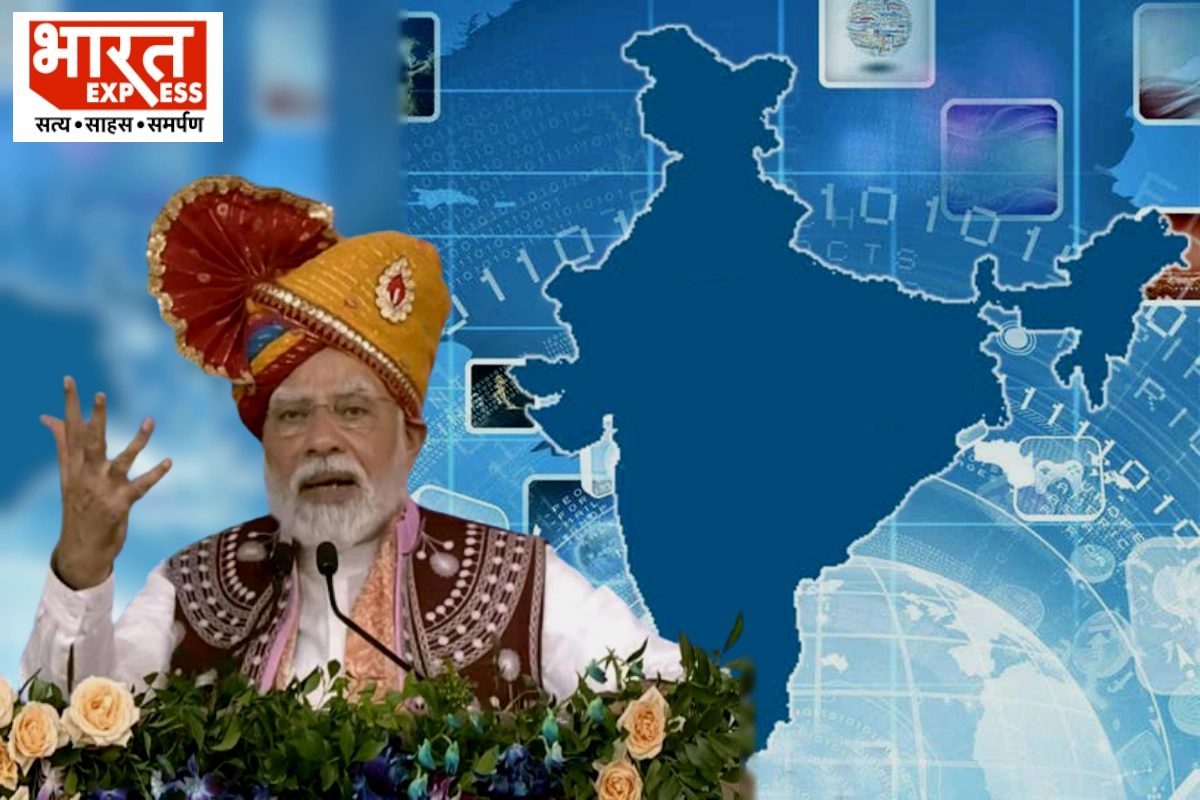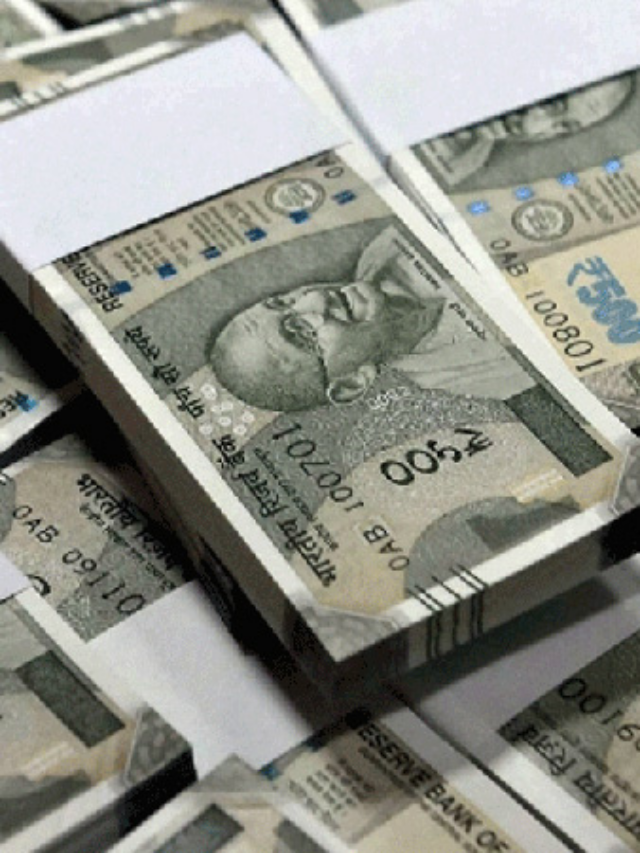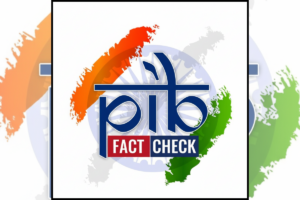
Voting for general elections in India has started from today. Nearly one billion voters are eligible to go to the polls in the electoral process starting from April 19 to June 1.
On the basis of several opinion polls, it is being said that the alliance of parties led by the present Bharatiya Janata Party will win for the third consecutive time against the alliance of opposition parties led by the Indian National Congress.
Prime Minister Narendra Modi will take charge of the world’s fifth largest economy as the winner. According to the estimates of economic experts, by the end of this decade, India can become the third largest economy after China and America.
Apart from being an economic power, India is also ready to take the next step towards becoming a ‘powerhouse of science’. This is not decided yet, but it could happen. Some researchers say that basic research has been neglected by successive governments, and a thriving research system needs a lot of autonomy.
The question arises how to close the gap in funding for science in the country, so one thing the Indian government can do is to further boost the amount spent on science by encouraging businesses to contribute more, as This is the case with other major economies (US, China, Japan etc.). If policymakers and industrialists can get this right, there is an opportunity to add rocket boosters to the country’s impressive scientific achievements.
In fact, India has a lot to offer to become a superpower of the world in science. According to government data, India had the world’s third-largest pharmaceutical industry by volume in 2021-22 and was a major supplier of affordable drugs and generic drugs, some of which were crucial for fighting the coronavirus pandemic worldwide. Last year, India became the fourth country to make a soft landing on the Moon and the first to land near the Moon’s south pole. It also has the world’s largest remote-sensing satellite.
India is one of the most prosperous countries in the world in terms of research output after America and China. From 2014 to 2021, the number of universities here increased from 760 to 1,113. In the last decade, 7 more Indian Institutes of Technology and a network of education-research centers have been established in the country, taking their total number to 23. In the same period, two new Indian Institutes of Science Education and Research have also been established.
Now consider that these gains were achieved by a country that spent only 0.64% of its gross domestic product (GDP) on research and development (R&D) during 2020-21, according to data published by the Department of Science and Technology (DST). In such a situation, whichever political coalition is elected to power in the country’s general elections, it should consider how to increase the country’s research and development expenditure, as well as how this can be achieved with more money.
According to data published last month, the average R&D expenditure of 38 high-income countries in the Organization for Economic Co-operation and Development (OECD) in 2022 was about 2.7%. According to World Bank data, China spent 2.4% on R&D in 2021.
According to DST data, India’s expenditure on science, adjusted for purchasing power parity (PPP) in absolute terms, increased from the equivalent of US$50.3 billion in 2014-15 to US$57.9 billion in 2020-21. PPP is a measure of the purchasing power of a currency in different countries. What matters more, including for the purposes of international comparisons, is the share of R&D as a share of gross domestic product (GDP). According to DST data, after economic reforms were implemented in 1991, India’s share in R&D expenditure increased steadily, reaching 0.82% of gross domestic product (GDP) in 2009–10, before falling to its current level.
Where and how to spend?
When India’s science spending is compared with economies of similar size, something else stands out. About 60% of India’s research expenditure can be raised from the central and state governments and universities and about 40% from the private sector. In other countries, private sector investment is often much higher. In 2022, the private sector contributed an average of 74% of R&D spending for OECD countries and 66% of such financing for the 27 EU members. India today houses many global companies in construction, information technology, manufacturing, pharmaceuticals and other sectors. They can contribute greatly to the country’s research – both in terms of funding of researchers and infrastructure.
Also Read: AIMIM leader Owaisi and BJP Leader Kishan Reddy File Nominations For Lok Sabha Elections
To read more such news, download Bharat Express news apps







































